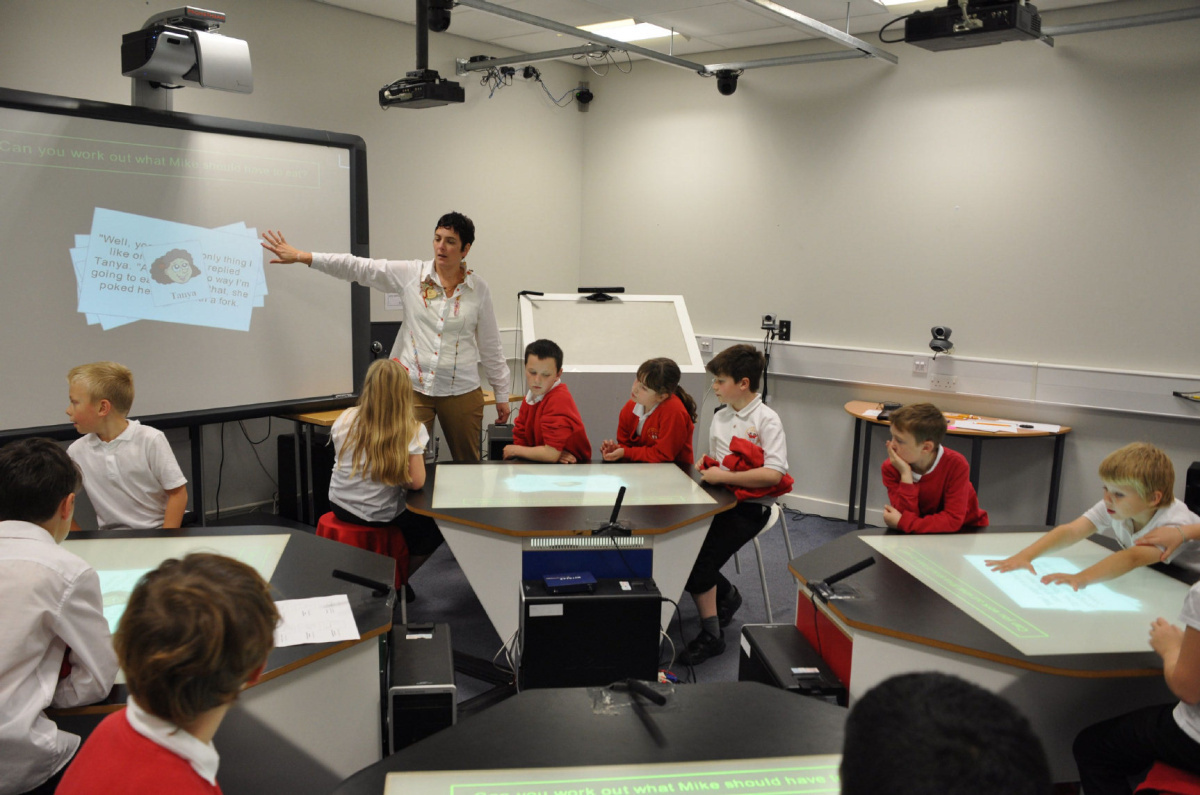What is compartmentalism in terms of web use? It’s where the user, for example, may have a Facebook account and they are heavy users too. This would mean she would now only be allowed to use Facebook in one tab in a single browser and only use it for that purpose. Line in another browser in single tab and so on.
So far this is what she has settled on being helpful, as well as moving all personal correspondence to TutaNota.com and NextCloud for storage - she uses Google Pixel. On her Macbook she uses two logins for work and personal splitting the possibility of a cross divide. For future use we are talking about virtual machines because once they are set up they are very easy to manage.
Her browser use in personal mode is Firefox with these extensions added:
Decentraleyes and
NordVPN on all devices.
While Nord may be not the most progressive and ProtonVPN is a better alternative we know this is the one to watch for future improvements. Also search is now DuckDuckGo with Firefox Focus on the Pixel as a search-only browser.
The upshot to this is that, yes, the convenience factor has gone out of the window and it’s high time to slow the user application down and adopt a more measured approach towards any Internet-connected device ( this includes your assistants, Wi-Fi speakers, health trackers and Ring door bells). Are there more things to think about? Sure, there are things to think about, but these things are how you connect to the internet and how every move you make is being monetised and collated into a huge piece of retail data points from heating your home to monitoring your heart.
And, if you are a teacher of a class of students who are on their way to technological independence on the web, then you have a duty to get on board with this knowledge of how your connections to the internet are not only fraught with attack but are making a model of you. Not sure how this is happening to you, then look at your infinite scrolling and double-taps on Instagram. Look at your daily routines on the web where your behaviour has changed because I bet you give out/ receive star ratings on the food you receive or the holidays you book through Air BnB, Uber, Grab, Food Panda.
It’s time as a teacher of young and inexperienced users of the web, to demonstrate to them that we all should take this a lot more seriously and be somewhat knowledgeable on what the web is actually made of. Moreover, the knowledge that our chemically made up behaviours have changed through likes, emoji, infinite scrolling and the hourly governance of notifications.
Just think, if your Apple watch buzzes and tells you to stand up and you do stand up, then what else can series of apps and connected devices make you do?
Read More





